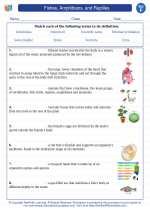What is Land?
Land refers to the solid surface of the Earth that is not covered by water. It includes various landscapes such as mountains, hills, plains, and deserts.
Formation of Land
Landforms are created through various geological processes such as erosion, deposition, volcanic activity, and tectonic movement. Mountains, for example, can be formed through tectonic plate collisions, while valleys are often carved by rivers over time.
Types of Landforms
There are several types of landforms, including mountains, hills, plateaus, plains, valleys, canyons, and beaches. Each landform has its own unique characteristics and geological processes that shape it.
Importance of Land
Land provides a habitat for a wide variety of plants and animals, and it serves as a critical resource for human activities such as agriculture, construction, and recreation. It also plays a role in regulating the Earth's climate and supporting ecosystems.
Human Impact on Land
Human activities such as deforestation, urbanization, and pollution have significantly impacted the quality and sustainability of land. Understanding the importance of sustainable land use is crucial for preserving the health of our planet.
Land Conservation
Efforts to conserve and protect land include measures such as reforestation, sustainable agriculture practices, land-use planning, and the establishment of protected areas such as national parks and wildlife reserves.
.◂Science Worksheets and Study Guides Sixth Grade. Fishes, Amphibians, and Reptiles

 Activity Lesson
Activity Lesson
 Worksheet/Answer key
Worksheet/Answer key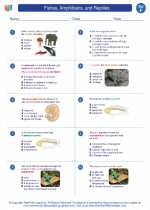
 Worksheet/Answer key
Worksheet/Answer key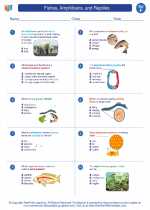
 Worksheet/Answer key
Worksheet/Answer key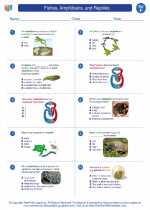
 Worksheet/Answer key
Worksheet/Answer key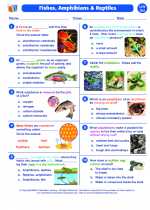
 Vocabulary/Answer key
Vocabulary/Answer key
 Vocabulary/Answer key
Vocabulary/Answer key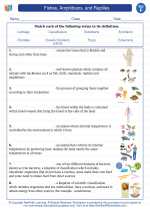
 Vocabulary/Answer key
Vocabulary/Answer key
 Vocabulary/Answer key
Vocabulary/Answer key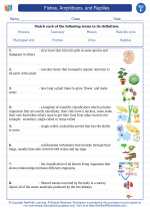
 Vocabulary/Answer key
Vocabulary/Answer key